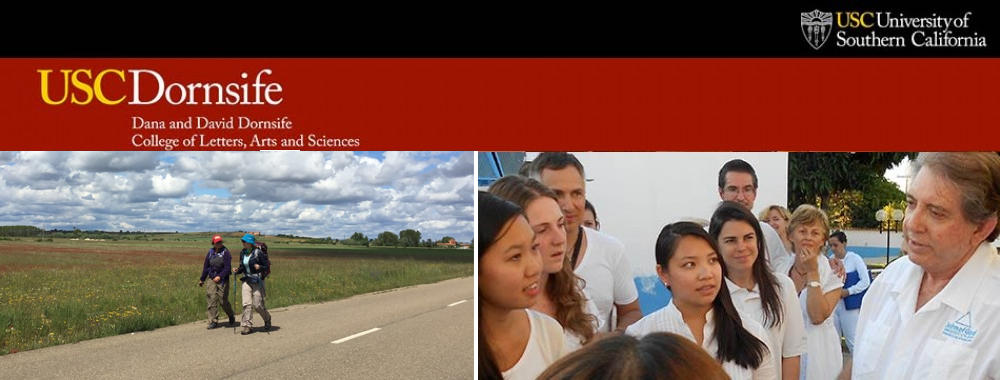The Camino de Santiago a historically Christian pilgrimage that ends at the crypt of Saint James, an apostle of Jesus. People began embarking on pilgrimage in order to see his relics (e.g. bones, possessions), and soon the Catholic Church began granting indulgences for the pilgrimage as it was a form of penance. In other words, the suffering of pilgrimage served as punishment, and hence forgiveness, for their past and possibly even future sins. In this way, the Camino was often initiated out of devotion and likely also fear. Others walked in pursuit of miracles—begging Saint James and the Virgin Mary for healing, fertility, and resurrection of loved ones. Others were escaping, capitalizing on pilgrims’ needs, or forced to go. Notably, the Catholic Church only considered those who walked out of devotion true pilgrims and created a certification system to verify this status.
At present, it seems like devotion to religion and the search for miracles play much less of a role in why people walk. So why do people walk? I started to get an idea of this as I met visitors and residents of Lisbon and Porto. A Belgian girl about my age in Lisbon said she has not done the Camino yet, but based on her friend’s experience, she insisted we would have a transformative experience. Similarly, the owners of a Vegan restaurant, all in their late twenties, said they have considered doing the Camino and have heard it is “incredibly spiritual and life-changing,” but have not yet committed to doing it; they seemed to be reassured in their desires when they met us, on the eve of our departure. As I talked to pilgrims along the route, many cited friends who did the Camino before them as part of the reason they embarked on this journey themselves. Undoubtedly, the promise of transformation lures people to the Camino.
Other pilgrims were not seeking transformation, but rather distance from the structure of life. One Spanish man in his forties explained, “Work does not fulfill me. It is not my passion. I work to make money and support myself, but spending time with my children and taking time to walk—that fulfills me.” A Vietnamese German woman about the same age said something similar: The Camino is opposite of everything I like in my normal life, and although that is uncomfortable, it is providing much needed distance.” Others walk to prove to themselves that they could. Several women in their sixties made very similar remarks: they’ve known about the Camino for a while, were always interested in doing it, and wanted to do it while they were still able.

St. James’ crypt in the Cathedral in Santiago
One of these women was from New Zealand, and we discussed the religious history of the Camino after stopping in a Chapel to rest. I asked her if she thought the Camino was still religious and she scoffed a little; everyone she had met was walking for personal reasons. Although suffering is still apart of the transformative process many people seek, the average modern pilgrim is not walking for penance or miracles. The relics are still viewed by pilgrims and tourists in the cathedral and churches along the way, but no one I talked to was walking to see them. Thus, although the religious roots of the pilgrimage are still visible along the way, the average pilgrim’s journey is not rooted in religion.
